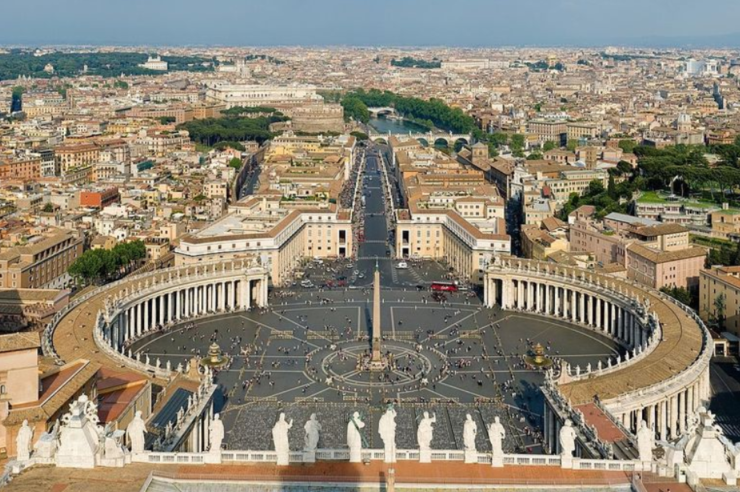Exhuming a bishop
The Lund Cathedral in the Swedish town of Lund was the focus of an important archaeological discovery. Its rich history and importance made it a landmark. The church officials decided to exhume Peder Winstrup’s remains because they needed to reallocate old burial spaces. The relocation was not just any reburial. It provided an opportunity for scientists and historians to explore the mysteries of ancient times.

They used modern technology such as advanced x-rays or CT scans to learn more about the life of the bishop and his burial practices. The scans revealed Peder’s mummified remains, which were lying on a bed of aromatic plants.
Herbal bath
Peder’s final resting spot was surrounded by a fragrant mixture of lemon balm and other aromatic plants. The odor of decomposition would have been masked by these herbs. The team also theorized that the botanicals might have been natural preservatives and possibly slowed down the decay process.

Researchers were unable to determine the exact method of mummification. The exact method used is still a mystery. However, some speculate that Peder’s body may have first been placed in an airy, cool environment to slow decomposition.
